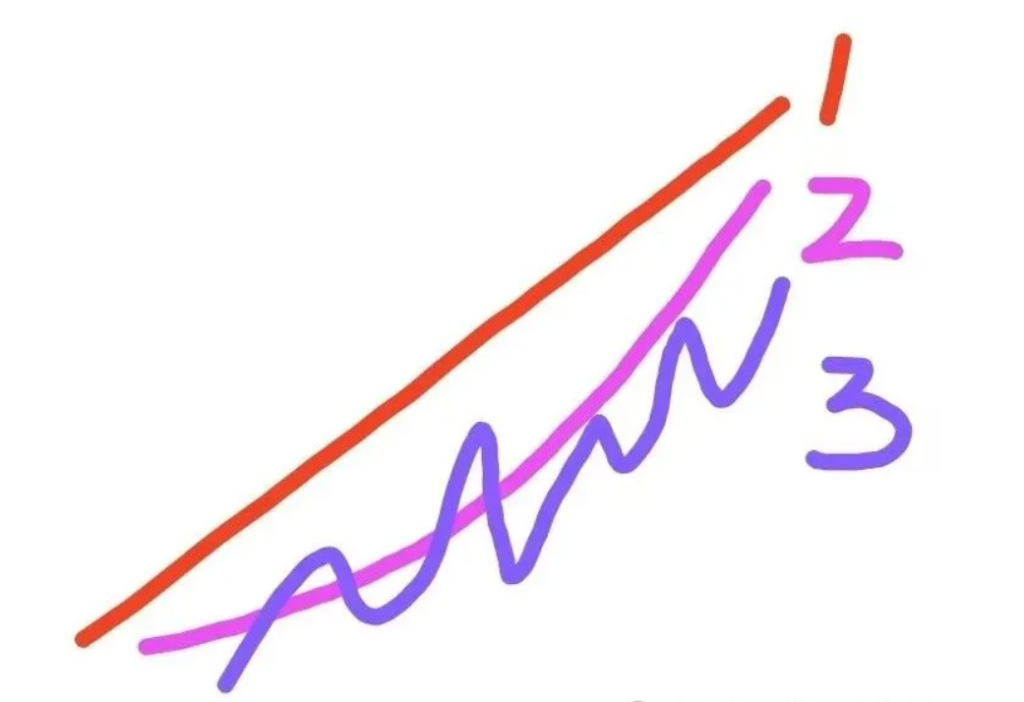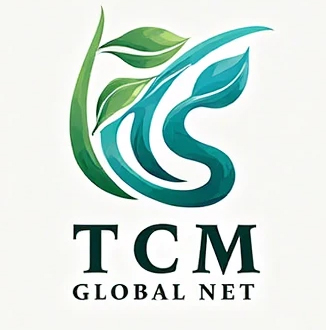一、中医康复的核心逻辑:治标与治本
1. 康复阶段科学划分
- 治标阶段(1-3个月):缓解症状(如止痛、消炎)
- 典型方剂:桃红四物汤(活血化瘀)
- 现代医学验证:炎症因子下降50%所需时间
- 治本阶段(3-6个月):修复脏腑功能(如健脾补肾)
- 典型方剂:归脾汤(补气血)+ 左归丸(滋肾阴)
- 生物学机制:肝细胞再生周期约120天
2. 康复评分系统
| 分数段 | 身体状态 | 调理重点 |
|---|---|---|
| 60分 | 症状消失但易反复 | 严格忌口+巩固调理 |
| 70分 | 偶发不适但可自行缓解 | 膏方缓补+动态监测舌象 |
| 80分以上 | 体质稳定少生病 | 节气养生+情志调摄 |
身体的恢复分为两个阶段。俗说三分治,七分养。治也分治标和治本。
一般来说,治标1个月,治本那可能需要2-3个月,养护大约6-12个月。
有的患者以为没有症状了就不用复诊了,这种观念是不对的。因为没有症状只是治好了标,要把本也治好了,才不至于反复。
我常常跟患者用分数打比方:比如症状没有了,不影响生活了,可以打60分。但刚刚及格还不行,你得继续巩固。因为这个阶段你的身体还没有恢复到很好的状态。假如生气,熬夜或者不小心吃了发物。有可能又会不及格,症状会反复。
而有的人不明白这个道理,以为病好了还要复诊干嘛呢?甚至曲解医生的善意,以为是医生唯利是图的借口。结果过一段时间又出现反复,反过来还说服中药没用,治不了病。还有的人以为达到60分了,是不是就可以不用忌口了。
就如我前面所说。60分才刚刚及格。不忌口则影响脾胃运化,产生湿和痰,热,寒,慢慢又有可能反复。所以达到60分了,还是尽量要严格忌口。
只有当你身体调到70分以上时,这时候你才可以稍微放松一点。但还是要经常观察舌苔和身体反应。比如吃了发物后,第二天大便不好了,或者舌苔变白腻了。这就是提醒你昨天吃的过量了,还没有消化。
想要把病治好,把身体调好一定要树立正确的观念。认识到身体的恢复是一个习惯养成的过程,不是吃药治疗的结果。除开伤风感冒,大多数人的病都是现代医学所说的慢性病。
为何慢性病好不了呢?因为体质变差了。就像地基出问题了,你在一楼上面砌二楼,二楼总会垮下来的。这就是为何你会有“过敏”、“反复炎症”、“慢性疾病”。所有的疾病都是有内因和外因结合才会发作。
只回避外因,不解决内因,这个病就治不好。
而内因离不开你的臟腑功能不足。想要补不足,就必然有一个过程。很多人的病本不算严重,只要能坚持服3-6个月的中药就可以看到明显效果。遗憾的是没有耐心,等不及。所以体质始终没有恢复,“慢性病”真的变成了“好不了的病”。“好不了的慢性病”才有可能最后变成“肿瘤”或“癌”。
我们身边遇到去医院检查发现可能有癌变的人。在检查癌变之前都会有多年的慢性病。比如乳腺增生,慢慢变成结节,最后变成3类,4类结节。医院说无法逆转,只让你定期检查。最后发现严重了穿刺,确诊后手术,手术后化疗,如果体质不好,预后不良,反复后扩散,然后人就没了。若想预防癌症,简单点说,就是把慢性病调理好。同时一直保持良好的健康习惯,观照良好的生活状态。
二、慢性病调理的三大核心要素
我遇到过一个一位多年类风湿的患者,手指关节肿痛。虽然还没有明显变形,但已经困扰了她很久。一开始她以为这个病大概服一个月就可以好了。结果服了一个月后,变化不明显。那时候她有点焦虑,问我是不是这个病治不好了啊?抱怨怎么这么难治啊。
很多患者都是这样的心理,认为自己的问题理应服一两个方子就要有效果或者就应该要好了。所以我会把每次患者复诊的舌照留下来,参考对比。我根据她的前后舌照对比,告诉她服中药一个月以来的变化。而后继续再服一个月后,渐渐好转,能稳定恢复到7,8成。这时患者本来也很有信心了。
这位患者又因为感冒而出现反复。这时候患者又焦虑了。为何会反复呢?是不是以后好了还是会反复?我察色按脉,告诉她虽然症状有反复,但其实前面服的药一直都有作用。
因为疾病的导致是有多个原因,只有把所有的原因都解除了,才能真正恢复。这就像开锁,有的门上套了三把锁,你只能一把把解开,解开一把,门能松动点,但还打不开。我把道理讲明白,她耐着性子继续再服一个月。一共服了差不多4个月中药,这时候她才开心的告诉我,最近变天,劳累都没有像之前那样反复了。
我再把脉,感觉到邪气去得差不多了,但正气尚虚。我还是提醒她不要高兴太早。现在堪堪及格,稍不注意还易反复。后续跟她开膏方继续健脾补肾,扶正巩固。后来患者又给我介绍她的闺蜜来,说大家看到她的变化而高兴。
现代医学局限与中医优势
| 问题 | 西医处理 | 中医对策 |
|---|---|---|
| 反复炎症 | 抗生素+激素 | 八正散+刺络放血(清湿热) |
| 免疫紊乱 | 免疫抑制剂 | 玉屏风散+五禽戏(扶正固本) |
三、影响康复速度的五大因素
1. 体质基础差异
- 先天禀赋:父母体质遗传影响恢复速度(研究显示占30%)
- 后天损耗:熬夜、久坐导致气血生成不足
2. 依从性管理
- 服药禁忌:忌口清单(❌生冷/辛辣/发物)
- 行为规范:每日晨练八段锦”调理脾胃须单举”
3. 情志调摄关键
- 焦虑指数:SAS评分>50分者复发率↑2.3倍
- 干预方案:甘麦大枣汤+耳穴压豆(神门、内分泌)
小结:
有的患者以为服中药好病就应该像“1”线,服了就见效,并保持越来越好。但实际上那是很理想的情况。
只有根基没有损坏的人,肝脾肾没有明显亏虚的人在服药时,能够像“2”线一样,循序渐进的越来越好,不怎么反复。
而大多数疑难杂症,久病旧病的人,恢复起来都像“3”线,上上下下,时常反复,然后整体对比起来,还是会越来越好的。

这是好病的客观事实,所以想要诊好一个病,需要医患都能有足够的耐心和毅力,认真对待。
但这个道理不要说患者能懂,有时医生也会犯这个问题。
有的患者会给我看之前医生开的方子。我发现很多中医开方也是按照西医的诊疗思路。比如有炎症开很多清热解毒药,有疼痛开很多破血活血,通经活络药。
这种诊治思路不能说错,但他的确是抛弃了中医辨证论治的核心思想。为了快速治标而可能伤及根本。同时又没有及时跟进患者,导致患者以为好一些后就是好了,压根就没有注意复诊和严格遵照医嘱。
结果后来又加重,在这个反复的过程中,有的患者因为不知道原因,而渐渐怀疑自己是否得了治不好的重病,甚至觉得自己就是治不好了,没有信心了。
这都是很可惜的。
写这篇文章,希望肯定和鼓励这一些患者,能够坚定自己好病的信心,不要过于焦虑和急躁。
有时患者着急,也让医生跟着着急,反而开方有失进退,考虑不周,效果更慢。
我有时刷抖音看到某某医生某某方治病效果多么好。我认为这些案例是存在的,但不一定是很常见的。
因为诊病开方不是做数学题目,二减一就变成一了。
如果你体质好,重病也恢复快。
体质差,轻病也好得慢。
这才是世间常理。
所以回归到上一篇,如果你平时注重真正的养生,保护好自己的根基,最好再坚持一两样养生的锻炼习惯。
那么你也可以成为一个很快病愈,时刻健康的人。
这样岂不快哉?!


发表回复